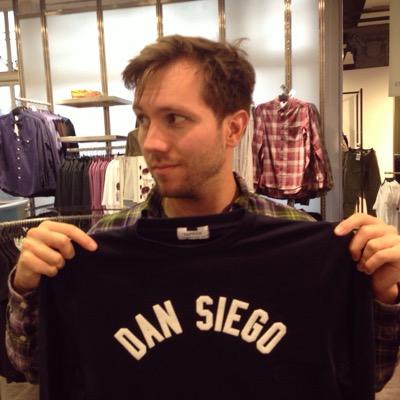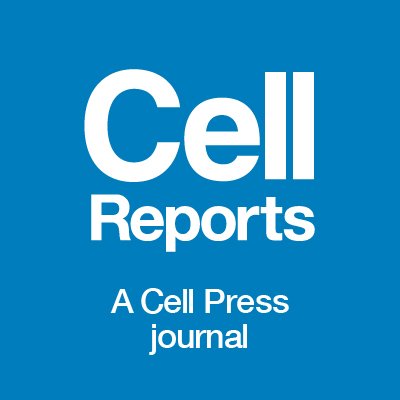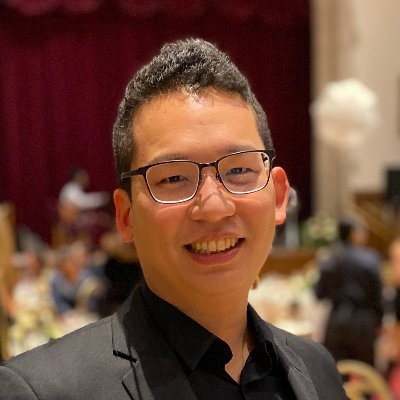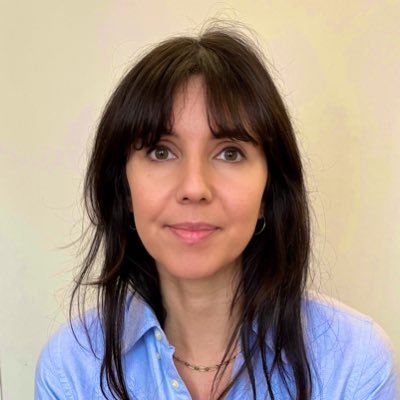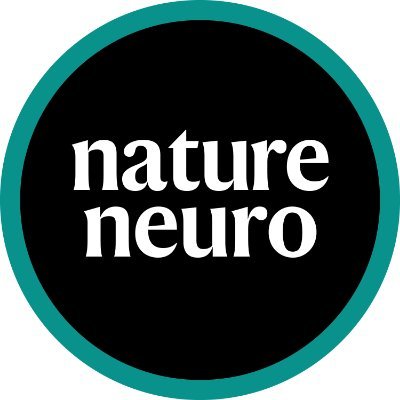
Adeen Flinker 🇮🇱🇺🇦🎗️
@adeenflinker
Followers
1K
Following
2K
Media
89
Statuses
1K
Neuroscientist and technology aficionado. Associate Professor of Neurology & Biomedical Engineering, NYU School of Medicine. #ECoG tweets my own
New York
Joined February 2015
New paper out today in @NatMachIntell, where we show robust neural to speech decoding across 48 patients. https://t.co/rNPAMr4l68
22
150
721
📊 New Preprint! A Scalable Pipeline for Estimating Verb Frame Frequencies Using Large Language Models. We introduce another unexpected use for LLMs: custom treebanks via automated corpus annotation 🧵1/8 https://t.co/dcKxwZRnOl
arxiv.org
We present an automated pipeline for estimating Verb Frame Frequencies (VFFs), the frequency with which a verb appears in particular syntactic frames. VFFs provide a powerful window into syntax in...
1
7
8
A left-lateralized dorsolateral prefrontal network for naming
cell.com
Yu et al. dissociate two left-lateralized language networks leading up to word retrieval using electrocorticography in 48 patients: a semantic processing network spanning MFG and IFG, which encodes...
0
8
20
🧠🗞️🗣️Finally out! Paper with a way-too-long name for social media. How does the brain turn words into sentences? We tracked words in participants' brains while they produced sentences, and found some unexpectedly neat patterns. 🧵1/9 https://t.co/ufiNYEIWOw in @CommsPsychol
1
21
53
Using electrical recordings taken from the surface of the brain, researchers decode what words neurosurgical patients are saying and show that the brain plans words in a different order than they are ultimately spoken. @adumbmoron @adeenflinker
https://t.co/bBm17c4CYc
nature.com
Communications Psychology - Using electrical recordings taken from the surface of the brain, researchers decode what words neurosurgical patients are saying and show that the brain plans words in a...
0
9
20
“A left-lateralized dorsolateral prefrontal network for naming” by Leyao Yu et al. Cell Reports https://t.co/Qsn5AG92tt
0
7
11
Work was led by the amazing @yllyyao905 a PhD student at @nyutandon with the associated press release here https://t.co/7c0ANFYDK9.
0
0
1
The cortical representations and statistical analysis across clusters supports a semantic processing role for the naming-specific cluster.
1
2
3
We then asked what are these cortical networks representing and leveraged a encoding models and variance partitioning to dissociate acoustic processing and semantic processing/accumulation.
1
1
1
These two pre-articulatory clusters were strongly left lateralized in contrast to the articulatory.
1
1
1
The neural temporal profiles supported a Naming-specific cluster peaking prior to speech with elevated activity during semantic tasks, especailly Auditory Naming. In contrast to a task-agnostic pre-articulatory and articulatory cluster.
1
1
1
By leveraging unsupervised clustering and allowing the data to reveal prototypical temporal dynamics across cortex to these tasks we found two distinct pre-articulatory frontal networks.
1
1
1
Using our task desing and controlling for modality and semantic load we showed a clear semantic gradient on frontal cortex.
1
0
1
While neurosurgeons typically use Visual Naming to map language, Hamberger et al. noticed many patients still suffer from deficits in daily conversations and developed an Auditory Naming mapping. However little is known the neural representations supporing these semantic routes.
1
0
1
We investiaged word retrieval across a large cohort of N=48 ECoG patients, using a controlled paradigm that culminates in the same speech token (e.g. cat) from various routes of retrieval (auditory, visual, semantic)
1
0
1
Very happy our new paper led by @yllyyao905 is now out in @CellReports "A left-lateralized dorsolateral prefrontal network for naming"
1
3
10
From his family:”He thought that he lived a good life overall and was at peace. There is not going to be a memorial, but the way to honor Ryan's life is to fight for research and university independence in these difficult times for academia and civil liberties in the US.”
0
0
1
Just presented our work using #ECoG to decode words during sentence production at #HSP2025. Really grateful for all the great feedback. I got more clever ideas for future directions than I can possibly follow up on. Love this conference! https://t.co/hZ3liCUqa4
1
3
16
Excited to kick off 2025 with new research in #MachineLearning, #Decoding & #MusicNeuroscience! Our paper, “Temporally Dissociable Neural Representations of Pitch Height and Chroma”, now in @SfNJournals. 🎉 https://t.co/a3fTtIddPy
@DavidPoeppel & @TengXB! 🧠🎵 1/n
jneurosci.org
The extraction and analysis of pitch underpin speech and music recognition, sound segregation, and other auditory tasks. Perceptually, pitch can be represented as a helix composed of two factors:...
3
13
29
Great postdoc opportunities with @Chen3Sage: 1 in computational neuroscience and 1 in biomarkers of pain.
0
2
3
We’re hiring for a computational/systems/cognitive neuro editor! Get in touch if you’d like to chat about the role 🙂
We're hiring! We're recruting an editor with expertise in computational, systems, or cognitive neuroscience. Must have a PhD and be able to work in the US, Berlin, or Shanghai. Application due Jan. 6. https://t.co/ewjtLYgGlY
0
16
30

